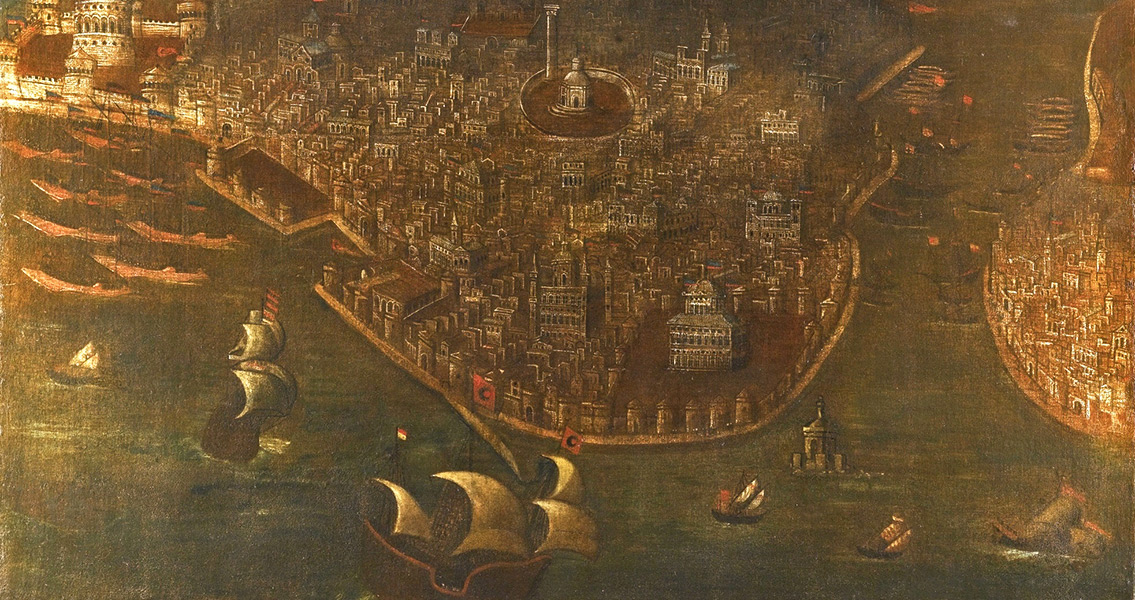
Since ancient times, cities and castles had depended upon ramparts and walls to repel invaders. The city's fall also stood as a turning point in military history. Among many modern historians, the fall of Constantinople is considered the end of the medieval period. The conquest of Constantinople and the fall of the Byzantine Empire was a watershed of the Late Middle Ages, marking the effective end of the last remains of the Roman Empire, a state which began in roughly 27 BC and had lasted nearly 1500 years. After conquering the city, Mehmed II made Constantinople the new Ottoman capital, replacing Adrianople. The attacking Ottoman Army, which significantly outnumbered Constantinople's defenders, was commanded by the 21-year-old Sultan Mehmed II (later nicknamed "the Conqueror"), while the Byzantine army was led by Emperor Constantine XI Palaiologos. The city was captured on as part of the culmination of a 53-day siege which had begun on 6 April.

The fall of Constantinople, also known as the conquest of Constantinople, was the capture of the capital of the Byzantine Empire by the Ottoman Empire.

You should also add the template to the talk page.A model attribution edit summary is Content in this edit is translated from the existing French Wikipedia article at ] see its history for attribution. You must provide copyright attribution in the edit summary accompanying your translation by providing an interlanguage link to the source of your translation.If possible, verify the text with references provided in the foreign-language article. Do not translate text that appears unreliable or low-quality.Consider adding a topic to this template: there are already 5,496 articles in the main category, and specifying |topic= will aid in categorization.Machine translation, like DeepL or Google Translate, is a useful starting point for translations, but translators must revise errors as necessary and confirm that the translation is accurate, rather than simply copy-pasting machine-translated text into the English Wikipedia.



 0 kommentar(er)
0 kommentar(er)
